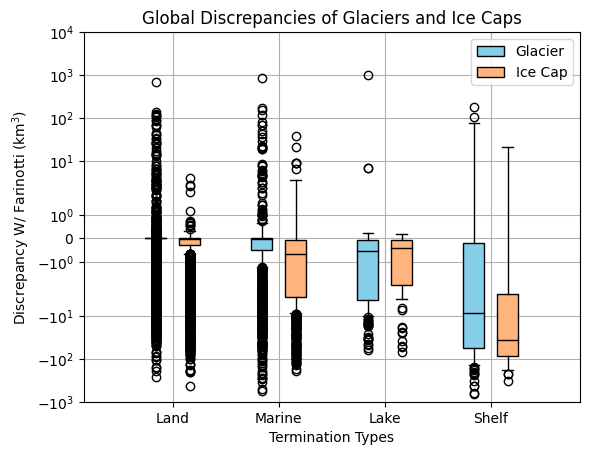Glacier Thickness Predictor
View manuscript
An accurate estimation of glacier volume is essential for effective water resource management and sea-level rise projections, however, traditional methods for assessing glacier thickness are costly and labor-intensive. This study presents a novel approach to estimating glacier thickness utilizing neural networks trained on thickness data from the Glacier Thickness Database (GlaThiDa) and glacier attributes, such as area or slope, from the Randolph Glacier Inventory (RGI). A regression analysis is conducted on a subset of GlaThiDa data, which is then used to infer thicknesses for glaciers in the RGI dataset. Challenges in matching GlaThiDa thickness data to RGI attributes are addressed, employing distance and area thresholds to en- sure the matched GlaThiDa thickness is representative of RGI attributes. Furthermore, this study provides a comprehensive comparison with existing global estimates. Notably, this study has lower estimates of volume for shelf and marine-terminating glaciers due to a sparsity of available training data. These findings suggest the neural network effectively models a world without ice shelves and their buttressing effect on ice flow. This departure from previous meth- ods and estimates emphasizes the importance of improved observations of glacier thickness data, particularly in marine environments

